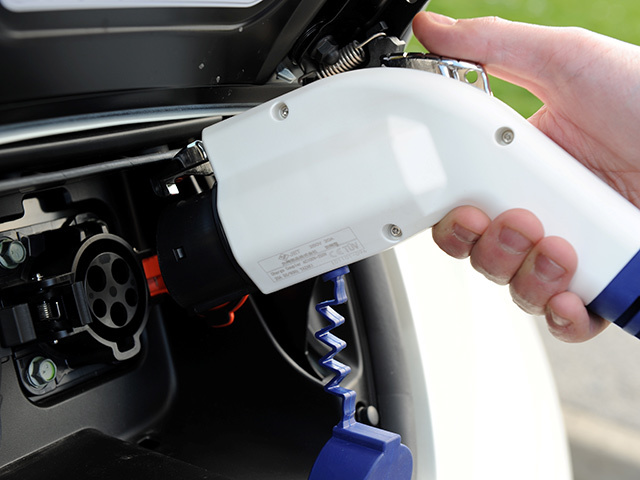
Firstly people look at an exciting new technology and ask ‘what is it?’ When it works, they scramble to answer: ‘how can we make money from it?’ Then established industries get nervous and wonder: ‘what does it mean for us?’
What is it?
When a new technology leaps from theory to reality, there’s an understandable buzz. The questions centre on what it is and how it works, a few venture capitalists or future-looking industry players may get involved, but the major players tend to be universities and company R&D departments.
For example, fuel cells were first demonstrated in 1839, but it was only 20 years ago that people started to ask serious commercial questions. Following this came more sophisticated queries around the best fuel sources, and what they could best be used for.
How can we make money out of it?
At some point, a penny drops: this might work! More developers enter the fray and policymakers start taking it seriously.
Here the questions that consultants are asked change: ‘how do we make this work financially?’ ‘What’s the business model?’
For hydrogen fuel cells, this shift happened around the early 2000s and by midway through the decade there was momentum.
For battery electric vehicles (EVs), the shift happened later. 2006 saw startup Tesla Motors make grand claims about luxury electric sports cars. But, by 2010 Tesla received a $465m government loan, and the Nissan LEAF hit the market. Suddenly the question was how to get in on the trend.
What does it all mean?
The best way to know that a technology has broken the hype cycle though, is that established industries start asking existential questions: what does this mean for us, is it a threat – or even our future?
This is where we’ve got to with sustainable energy. Oil and gas majors have stopped dismissing renewables and are piling investment into cleaner generation as a matter of long-term survival.
For EVs, we seem to be nearing a breakthrough. The automotive industry has spent 100 years perfecting the internal combustion engine, but now they face something new.
As a result, nowadays, you’d be hard pressed to find a major auto manufacturer without an electric car programme.
Crucially, the conversation has moved to systems thinking. Battery EVs might be the first choice for urban transportation, but hydrogen fuel cell technology is probably best for long-distance travel.
That shift is evidence that incumbent players have started asking the existential questions.
Different space, different pace
Inevitably, not all sustainable energy technologies march together.
For example, look at biofuels – once billed as an essential part of the sustainable energy mix. Initial questions were asked excitedly about the technology. Investors, the media and policymakers bought into and fed that excitement and everyone discussed which crops were best suited to biofuel use and the best business models. However, controversies over issues like competition with food land use saw the technology fall out of favour.
Now the cycle starts again. Buzz is building around non-conventional biofuels that are free of land-use conflict. Will they succumb to other fears? Will it be another hype cycle? Or could it become a long-term play?
The future
As the sustainable energy sector matures, the whole process is accelerated.
In some cases, the order of the questions seems to be changing. Now you’re likely to find that the serious thinking about a technology happening upfront.
For example, the nascent ‘cold economy’. The idea being that the need for cooling can be satisfied by a more intelligent link with waste sources of cold (such as LNG terminals). Novel technologies enhance the potential for monetising cold.
Here questions are being asked about where the technology might fit before an early rush to monetise it. Can it be incorporated into the LNG industry? What about cold chain logistics for shipping food and medicines?
This reduces the chance of wasting resource on ideas that ultimately aren’t marketable.
To us that’s one of the greatest sustainable energy achievements. In the shift in the questions we ask, we see the sign of a sector that, after 20 years, is truly coming of age.
Recommended for you

